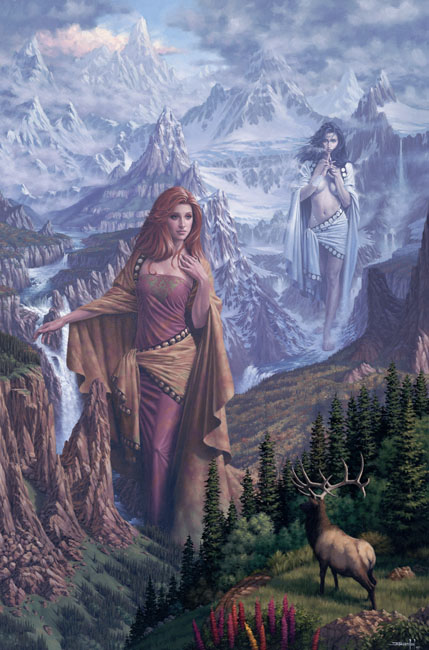|
- Earth Autumn Winter - When the universe was young, it was a comparatively simple and homogenous stew of hydrogen and a little helium. At first glance it might have seemed that very little interesting could happen. But matter has a fortunate affinity for itself (like life, it seems), and so, over billions of years, great clouds of gas coalesced into the large-scale structures we see in the evening skies: stars and galactic clusters of stars. All that proximity makes things a little warm, and the resulting heat cooked up some very interesting things. Actually, it was when the pot explosively boiled over that the stew miraculously fabricated a teeming multitude of new and astoundingly versatile ingredients: the elements. The heavy elements of the cosmos are all the handiwork of dying stars. When a star exhausts its supply of the hydrogen fuel that sustains the stellar furnace, it begins to collapse under its own colossal weight. In the process, the doomed star crushes its component atomic parts into larger, heavier atoms: carbon, nitrogen, oxygen, and all the other naturally occurring elements. (Actually, this stellar process of atomic fusion through gravitational contraction- as it is currently understood - stops at element 26, iron; the mysterious process which fashioned the other 66 naturally occurring elements, up to uranium, remains entirely unknown.) And so, the earth beneath us, the mountains, rivers, forests, and you and I, are all made of the same celestial ash. By what magic does this blast-site detritus reconfigure itself into such wondrous things? What sorcery manipulates the electro-chemical bonding that results in near infinite diversity? Whence came and where resides the instructions that allow carbon to perform its stupefyingly complex interactions? Most of us can only look up at the sky and wonder. |
 |
